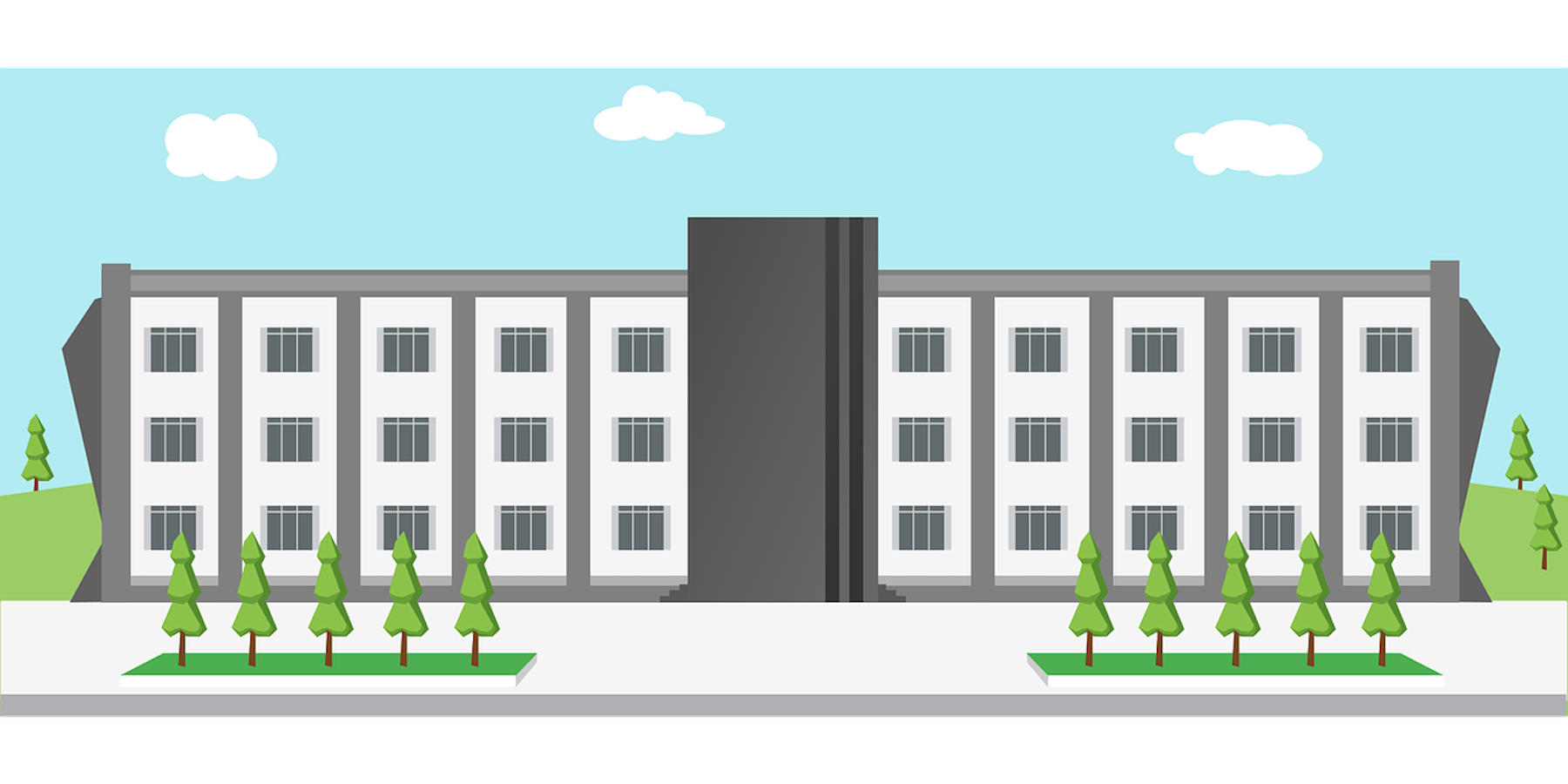New Buildings Institute (NBI) recently released a guide to help schools identify funding programs for facilities improvements available from federal and state government programs.
“The Decarbonization Roadmap Guide for School Building Decision Makers and accompanying toolbox of resources can help districts leverage these funding opportunities to develop a district decarbonization roadmap to identify cost-effective strategies and approaches to achieve net zero carbon and other greenhouse gas emission reductions across a portfolio of buildings,” according to an NBI news release. The document provides key elements for creating a roadmap, outlining goals and approaches to consider when building lifecycle events occur.
The guide was developed during the inaugural Getting to Zero Over Time in California Schools cohort, facilitated by NBI and the California Division of the State Architect’s Sustainability Education & Outreach Program. “Efforts like this will springboard and showcase the leadership of the school sector working towards achieving the California state goal of economy-wide decarbonization by mid-century,” said Ida Clair, California State Architect.
Funding opportunities are part of the 2021 Infrastructure Investment and Jobs Act and the 2009 American Recovery and Reinvestment Act Energy Efficiency and Conservation Block Grants. These programs, as well as federal financial support for state energy offices and the Federal Emergency Management Agency, will provide schools with financial support to bring buildings and district portfolios up to modern standards and provide resilient community spaces.
Related Stories
Codes and Standards | Feb 9, 2022
Climate impact of gas stoves in U.S. equal to half a million cars
New study could increase momentum to ban fossil fuels in new buildings.
Codes and Standards | Feb 7, 2022
Energy efficiency ratings not reflecting true energy use
Highest rated U.K. buildings are less efficient than lower rated ones.
Codes and Standards | Feb 3, 2022
Illinois tops USGBC list of states with the most LEED certified projects in 2021
Top 10 states plus D.C. certified more than 247 million gross square feet.
Codes and Standards | Feb 2, 2022
Public works contracting reform advances in New York State
Governor signs bill to form advisory council that will propose policy changes.
Codes and Standards | Feb 2, 2022
Commercial and multifamily construction starts rebounded in 2021
Following COVID uncertainty in 2020, the industry recovered, but still lags 2019 levels.
Codes and Standards | Feb 1, 2022
Biden Administration launches state, local coalition to boost building performance standards
Will focus on energy efficiency and electrification across the buildings sector.
Codes and Standards | Jan 26, 2022
Downtown digital twin to aid Las Vegas in setting policy priorities
Will be used to address energy use, emissions, traffic, parking, noise, and emergency management.
Codes and Standards | Jan 25, 2022
Modeling tool helps compare options for HVAC systems when little known about a building
Compares projected costs and energy usage for all HVAC systems and hot water consumption.
Codes and Standards | Jan 25, 2022
Critics slam proposed revamp of California’s solar net energy metering rate
Could make rooftop solar panels unaffordable for most customers.
Sponsored | Resiliency | Jan 24, 2022
Norshield Products Fortify Critical NYC Infrastructure
New York City has two very large buildings dedicated to answering the 911 calls of its five boroughs. With more than 11 million emergency calls annually, it makes perfect sense. The second of these buildings, the Public Safety Answering Center II (PSAC II) is located on a nine-acre parcel of land in the Bronx. It’s an imposing 450,000 square-foot structure—a 240-foot-wide by 240-foot-tall cube. The gleaming aluminum cube risesthe equivalent of 24 stories from behind a grassy berm, projecting the unlikely impression that it might actually be floating. Like most visually striking structures, the building has drawn as much scorn as it has admiration.

















